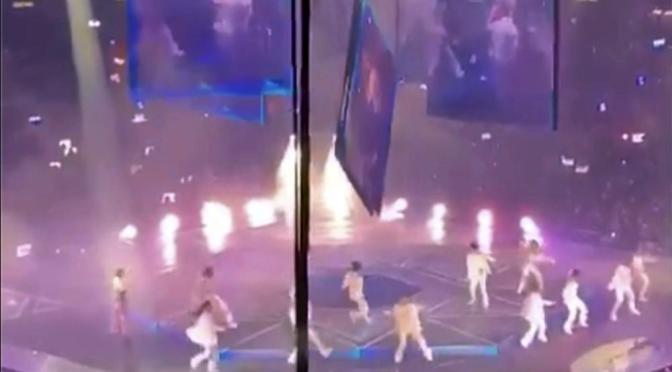During 2017 to 2021 Bruce Springsteen appeared at the Walter Kerr Theatre and St. James Theatre in New York, “Springsteen on Broadway.” As Weil/Mann/Leiber/Stoller had it:
“But they’re dead wrong, I know they are
‘Cause I can play this guitar
And I won’t quit til I’m a star on Broadway”
There was a hiatus until February 1, 2023, when Bruce got the whole band back together again and kicked off a tour in Tampa, Florida. By mid-April the band played from coast to coast and in between. Then it was off to Europe, with shows in Spain, Ireland, France, Italy, the Netherlands, Scotland, Switzerland, England, Belgium, Germany, Sweden, Norway, Denmark, Austria. . .then back in August to play Wrigley Field and a continuation of the tour.
When he was singing, playing and storytelling in New York, Springsteen was on one of the two stages—just a few blocks away from one another (48th and 44th Streets)—about 260 times.
Looking at the itinerary of the current tour, it seems like he is working to top that while racking up more sky miles than most mileage whores could even dream of.









